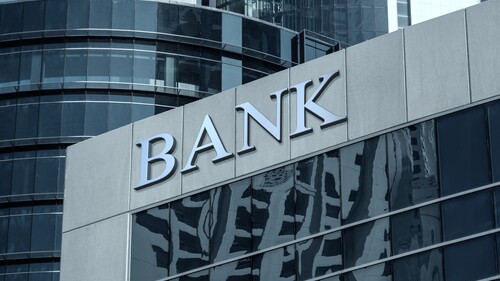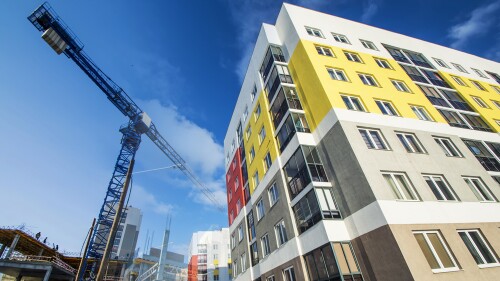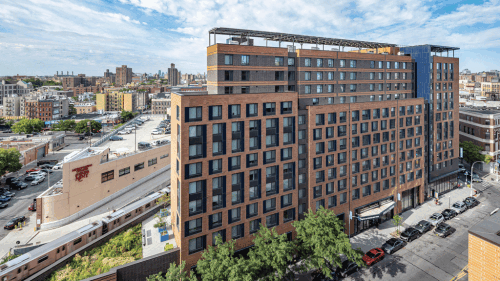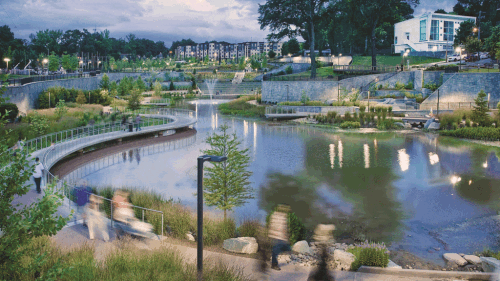Public
ULI New York recently hosted a panel “The Changing Face of Commercial Real Estate—a Program in Recognition of Black History Month,” through a partnership among ULI New York, the Real Estate Board of New York (REBNY), and Council of Urban Real Estate (CURE), at REBNY’s Manhattan office, highlighting successful professionals of color.
In the journey toward embedding racial equity in real estate development, the 10 Principles for Embedding Racial Equity Development report, published by Urban Land Institute, serves as more than just a set of guidelines—they are seeds of transformation. When thoughtfully planted in the soil of our companies, projects, and communities, these seeds have the potential to grow into something profound: stronger, more equitable systems that uplift everyone.
Sponsored
The historic Powell Avenue Steam Plant, located in downtown Birmingham, Alabama, represents an extraordinary opportunity to reimagine a piece of the city’s industrial heritage. Spanning a 3.09-acre (1.24 ha) site in the heart of Birmingham’s vibrant Parkside District, this historic property is poised to become a cornerstone of downtown’s continued revitalization.
The outlook for the European real estate market is cautiously optimistic despite growing geopolitical uncertainty and concerns about economic growth, with London, Madrid, and Paris emerging as the standout performers, according to a new report by PwC and the Institute.
How seven U.S. cities are tackling the future of downtowns
Commercial real estate loans totaling almost $1.8 trillion are set to mature before the end of 2026, according to Trepp. One sign of the accompanying stress is the commercial mortgage–backed security (CMBS) special servicing rate, with its latest numbers inching up to 8.2 percent, the highest since June 2021.
Renowned U.S. architect opens up about his extraordinary career in China and the U.S.
According to the Pew Research Center, between 1971 and 2021, the number of people living in multigenerational households quadrupled, while the number of people in other living situations is less than double what it was. The share of the U.S. population living in multigenerational households in 2021 was 18 percent.
Nationwide, the urgent need for more affordable housing has become crystal clear. The United States is grappling with a housing crisis, and building affordable housing has become increasingly difficult. Developers face high construction costs, ongoing supply chain issues, and skyrocketing prices for land, especially in some of the country’s largest cities. Even when a project comes together and gets financing, the process to obtain permitting, gain city approvals, and actually construct a project can take years.
City is actively working to make its neighborhoods safer and more resilient to extreme rain events















